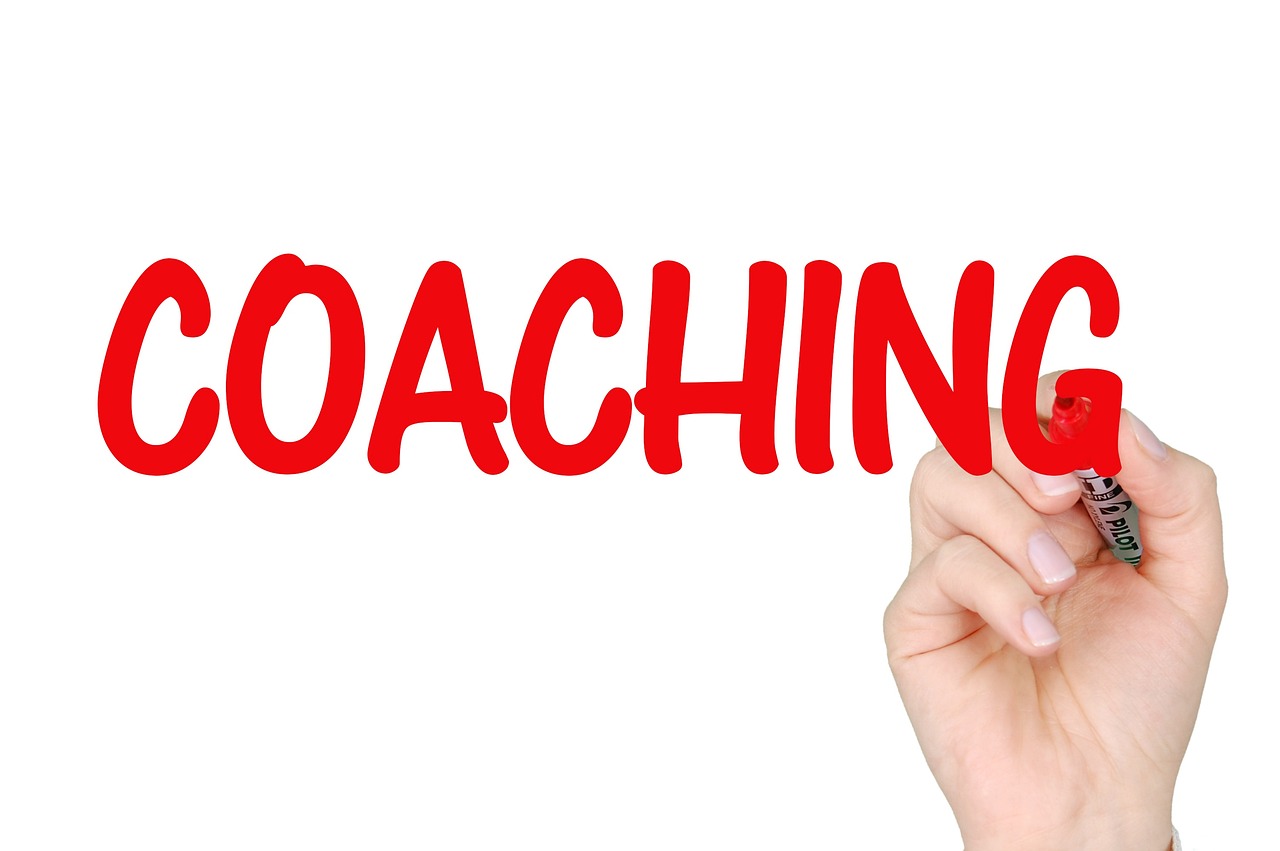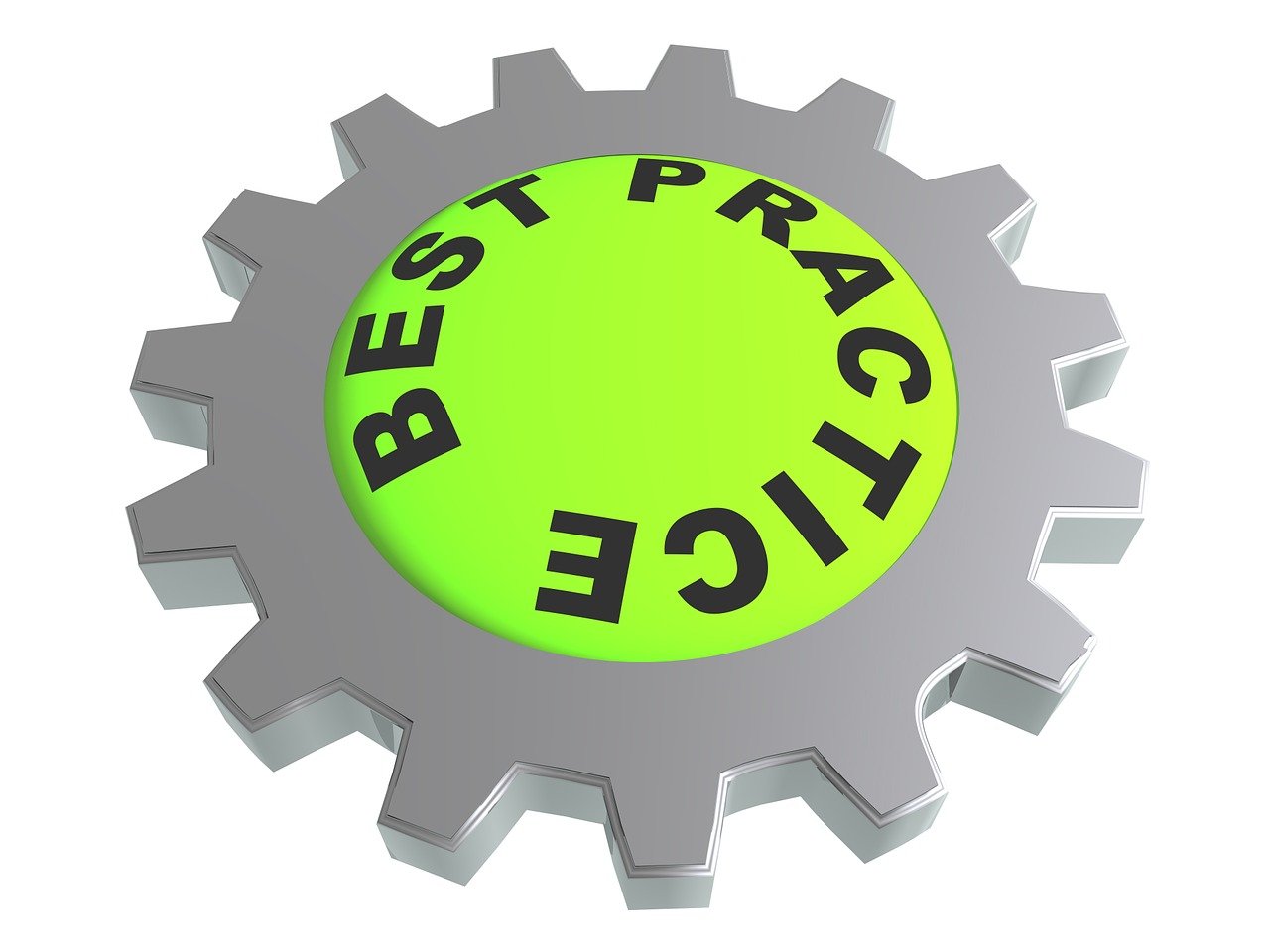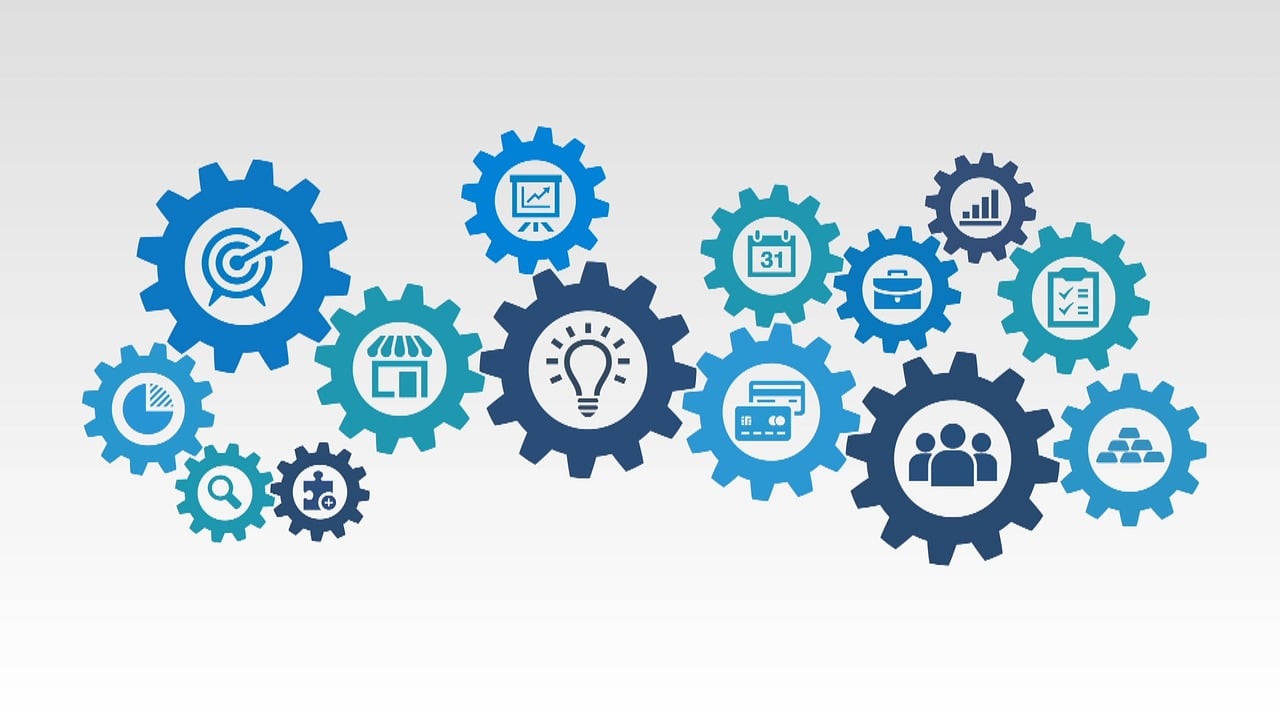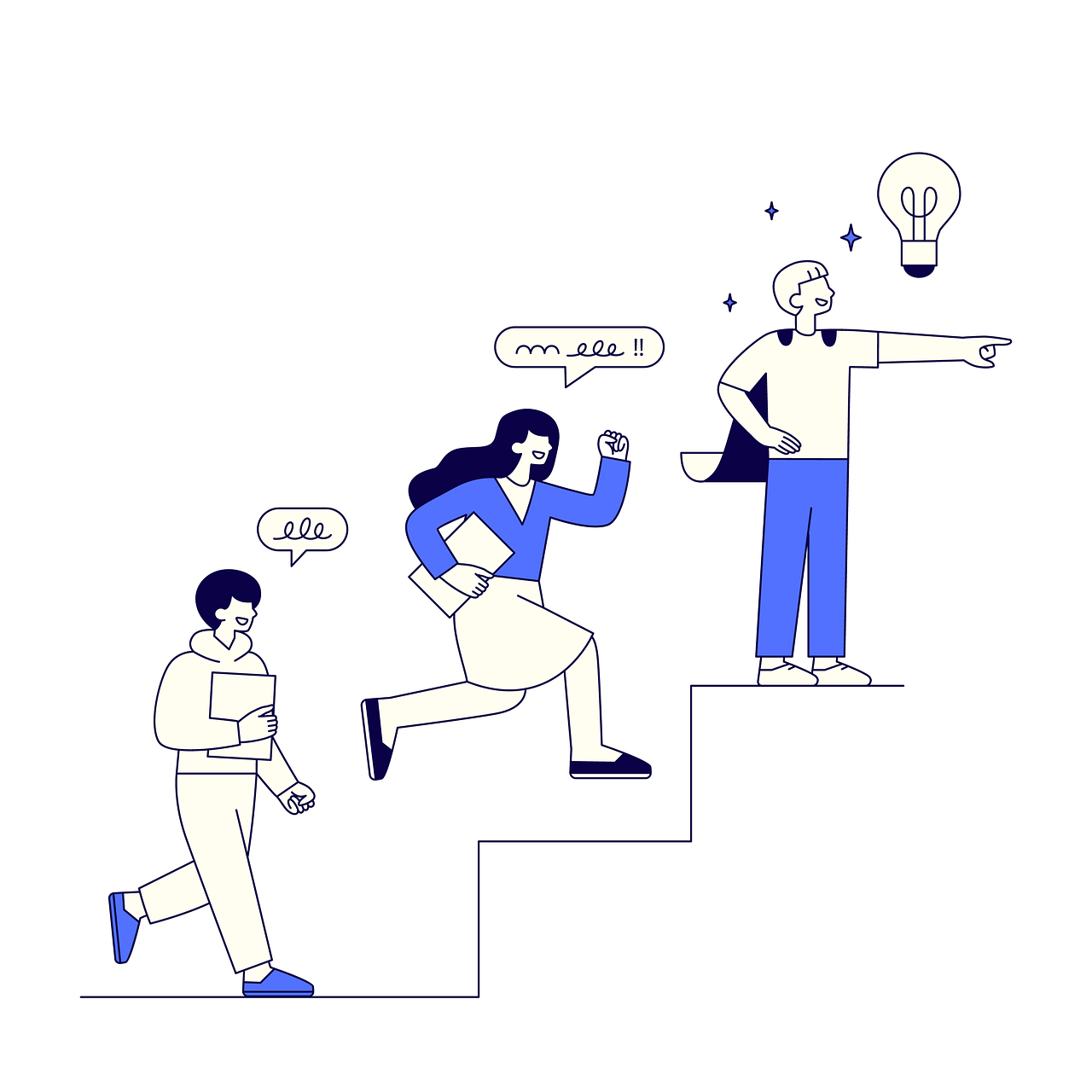In the rapidly evolving corporate landscape of 2025, leadership is no longer a luxury but a vital cornerstone of business success. Companies seeking sustainable growth recognize that their leadership teams impact every facet of performance—from innovation to employee engagement. The difference between merely managing tasks and inspiring transformation is immense, yet many organizations struggle to consistently nurture leadership skills across all levels. Preparing employees to be visionary leaders demands a deliberate, multifaceted approach centered on emotional intelligence, strategic thinking, collaboration, and adaptability.
Organizations such as Gallup and Korn Ferry emphasize the critical nature of leadership development in accelerating business outcomes. Meanwhile, educational institutions and thought leaders — including Harvard Business Review, Dale Carnegie, FranklinCovey, and the Center for Creative Leadership — provide frameworks and insights helping companies rethink their strategies. Leadership today is a blend of cultivating interpersonal skills, defining purpose, and fostering a culture where innovation and accountability thrive. This article explores how companies can effectively develop leadership skills among employees by employing proven strategies, leveraging expert methodologies, and creating environments that inspire growth.
Understanding leadership as an integrative process that moves beyond traditional management methods can unlock vast potential within teams. Investing in leadership development is not just “training” but a strategic imperative that impacts recruitment, retention, and overall organizational agility. By embracing continuous learning, open communication, and empowering employees to take risks and collaborate effectively, companies position themselves at the forefront of industry evolution. This dynamic perspective on leadership will be critical for businesses navigating the complexities of post-pandemic markets, digital transformation, and shifting workforce expectations.

Implementing Strategic Leadership Development Programs to Cultivate Employee Potential
Effective leadership development starts with intentional program design aimed at aligning individual growth with organizational goals. Companies that embed leadership learning into their culture see higher engagement, superior decision-making, and stronger financial performance. According to research by the Global Leadership Foundation and SHRM (Society for Human Resource Management), leadership training integrated with strategic business objectives can increase productivity and employee retention significantly.
Key elements of a robust leadership development program include:
- Assessment and identification: Employ tools like 360-degree feedback, personality assessments, and competency mapping to understand each employee’s leadership strengths and growth areas
- Customized learning paths: Tailor development activities such as coaching, mentoring, workshops, and e-learning (e.g., LinkedIn Learning modules) to individual needs
- Experiential learning: Provide opportunities for employees to lead projects, cross-functional teams, or innovation initiatives that challenge and stretch their capabilities
- Measurement and accountability: Set clear KPIs and use frameworks like FranklinCovey’s The 4 Disciplines of Execution to track progress and maintain focus
For example, a global manufacturing firm integrated Dale Carnegie’s leadership courses with FranklinCovey’s execution discipline, resulting in a 20% uplift in project delivery success across teams within one year. They created a leadership development matrix that paired employee aspirations with evolving company strategies, ensuring alignment from individual to enterprise level.
Additionally, programs blending classroom learning with digital platforms like LinkedIn Learning allow employees to upskill flexibly, ensuring continuous growth even during pandemic-related disruptions. These blended modalities enable companies to scale their leadership programs efficiently while catering to diverse learning preferences.
| Component | Description | Benefit | Example Tool/Partner |
|---|---|---|---|
| Assessment & Identification | 360-degree feedback, competency mapping | Pinpoints developmental needs | Gallup StrengthsFinder, Korn Ferry’s assessments |
| Customized Learning Paths | Individualized coaching, e-learning | Addresses specific skill gaps | LinkedIn Learning, Dale Carnegie Courses |
| Experiential Learning | Project leadership, cross-functional teams | Builds real-world leadership experience | Internal leadership programs |
| Measurement & Accountability | KPIs, disciplines of execution | Keeps progress on track | FranklinCovey’s 4DX Framework |
To truly embed leadership capabilities, companies should treat development programs as ongoing processes rather than isolated events. Continuous evaluation and iteration based on insights ensure the evolving needs of both employees and organizations are met. The Harvard Business Review highlights that organizations prioritizing leadership training outperform peers with superior innovation metrics and customer satisfaction scores.
Enhancing Emotional Intelligence and Interpersonal Skills Across Employee Tiers
Emotional intelligence (EI) has emerged as a pivotal attribute distinguishing exemplary leaders in today’s complex work environments. Research by McKinsey & Company and Harvard Business Review demonstrates that leaders with high EI foster collaboration, reduce burnout, and inspire creativity. Unlike traditional management training that focuses on operational controls, leadership programs emphasize self-awareness, empathy, and relationship building.
Companies seeking to amplify emotional intelligence among employees adopt several approaches:
- Incorporate EI assessments and feedback: Use validated tools to establish baselines, such as EQ-i 2.0 or Gallup’s workplace analytics
- Embed EI training in leadership curricula: Workshops that focus on active listening, conflict resolution, and emotional regulation are essential
- Promote mentoring and coaching relationships: Experienced leaders model emotionally intelligent behaviors and provide real-time support
- Encourage reflection and mindfulness practices: These enhance self-awareness and reduce stress, enabling leaders to respond thoughtfully instead of react impulsively
An information technology company implemented Korn Ferry’s emotional intelligence framework into their leadership development strategy. They found a 30% improvement in team engagement scores and accelerated problem-solving in cross-functional projects. Additionally, fostering an environment where leaders listen deeply and address unspoken concerns translates into more resilient teams capable of navigating uncertainty effectively.

Leadership programs that focus on interpersonal skills also help reduce workplace conflicts by teaching techniques for constructive feedback and negotiating differing viewpoints. According to SHRM, companies with strong emotional intelligence cultures report significantly higher employee retention rates and job satisfaction.
| Emotional Intelligence Component | Skill Description | Organizational Benefit | Recommended Training Activity |
|---|---|---|---|
| Self-awareness | Understanding one’s emotions and triggers | Improved decision-making | Mindfulness exercises, reflection journaling |
| Empathy | Recognizing and responding to others’ feelings | Stronger team cohesion | Active listening workshops |
| Emotional regulation | Managing emotional responses constructively | Better conflict management | Role-playing difficult conversations |
| Interpersonal skills | Effective communication and collaboration | Improved productivity and innovation | Mentoring and coaching programs |
By emphasizing these dimensions, companies equip leaders to handle complex social dynamics that increasingly define the modern workplace. Investing in emotional intelligence as part of leadership development not only boosts individual performance but also catalyzes cultural transformation vital for long-term organizational success.
Empowering Leadership Teams Through Goal Setting, Feedback, and Collaborative Problem-Solving
A cohesive leadership team accelerates organizational performance by working towards shared objectives with trust and transparency. When companies empower leaders with effective goal-setting frameworks, continuous feedback cultures, and collaborative problem-solving tools, they build momentum that cascades throughout all employee levels.
Seven strategies stand out for cultivating high-impact leadership teams:
- Establish clear goals and define success early: Use SMART (Specific, Measurable, Achievable, Realistic, Time-bound) goals to align efforts and expectations
- Assess team strengths and reconfigure accordingly: Conduct SWOT analyses to leverage collective capabilities and address gaps
- Build feedback practices that fuel growth: Incorporate continuous feedback models like McKinsey’s Feedback Model to normalize open communication
- Promote transparency in communication: Create safe spaces for dialogue utilizing collaboration platforms such as ProofHub or Chanty
- Empower collaborative problem-solving: Apply methods such as the Five Whys to uncover root causes and implement sustainable solutions
- Encourage calculated risk-taking: Foster an innovation mindset where learning from failure is celebrated
- Celebrate milestones to reinforce progress: Use recognition programs to sustain motivation and engagement
Consider a financial services firm that used these seven strategies as the foundation for revamping their leadership team. Their leadership cohesion and clarity improved significantly, resulting in quicker execution of strategic initiatives and a 15% increase in employee satisfaction. This team also turned to /resolve-team-conflict/ to learn effective conflict management tactics that nurtured a collaborative environment.
| Strategy | Implementation Tips | Expected Outcome |
|---|---|---|
| Clear Goal Setting | Use SMART framework; engage team input | Aligned priorities, measurable progress |
| Team Strength Assessment | Conduct SWOT; utilize strengths purposefully | Optimal role allocation; gap mitigation |
| Continuous Feedback | Model feedback conversations regularly | Improved performance, trust |
| Transparent Communication | Safe spaces; multi-channel approach | Faster decisions; reduced misunderstandings |
| Collaborative Problem-Solving | Implement Five Whys; encourage diverse input | Deeper solutions, collective ownership |
| Encourage Risk-Taking | Recognize efforts; learn from failures | Increased innovation and agility |
| Celebrate Milestones | Recognition programs; public acknowledgement | Higher morale, sustained motivation |

Implementing these strategies is a journey demanding continuous commitment. Companies that invest in structured leadership development and foster a culture of openness and collaboration position themselves for sustained, adaptable success.
Leveraging Technology and Online Platforms for Scalable Leadership Skill Development
Digital transformation is revolutionizing how companies cultivate leadership capabilities. Online platforms enable scalable, flexible, and personalized learning experiences essential for today’s dynamic workforces. Platforms like LinkedIn Learning, Dale Carnegie’s digital courses, and interactive webinars through Harvard Business Review expand access to global expertise and practical leadership tools.
Key advantages of technology-enabled leadership development include:
- Flexibility: learners can engage anytime and anywhere, accommodating varied schedules and learning paces
- Personalization: AI-driven recommendations tailor content based on user progress and preferences
- Collaboration: virtual workshops and community forums foster peer-to-peer learning and networking
- Data-driven insights: analytics provide organizations real-time feedback on course efficacy and learner engagement
For instance, a multinational consulting firm integrated LinkedIn Learning into its leadership program, creating personalized learning pathways aligned with the company’s strategic priorities. They also made use of analytics dashboards to identify participants needing additional support or engagement boosts.
Moreover, companies use gamification techniques to increase motivation and knowledge retention. Employees earn badges and certifications as they progress through modules, building visible milestones enhancing organizational recognition and career advancement opportunities.
| Technology Feature | Functionality | Benefit | Example Platform |
|---|---|---|---|
| On-Demand Learning | Access content anytime | Maximized learner convenience | LinkedIn Learning, Dale Carnegie Digital |
| Adaptive Learning | Personalized content recommendations | Addresses individual skill gaps | AI-powered platforms |
| Virtual Collaboration | Online group discussions and workshops | Builds community and peer learning | Zoom, Microsoft Teams, Harvard Business Review webinars |
| Performance Analytics | Track engagement and outcomes | Informs program improvements | Learning Management Systems (LMS) |
As more workforces adopt hybrid models, embracing digital learning solutions for leadership development becomes indispensable. According to Korn Ferry’s 2025 report on leadership trends, companies leveraging technology in leadership training see up to a 40% increase in learner engagement and a significant reduction in program costs.
Promoting a Leadership Mindset Culture: Aligning Vision, Values, and Employee Empowerment
Developing leadership skills among employees transcends training programs; it entails cultivating a mindset and organizational culture that nurtures leadership behavior at every level. A leadership mindset culture is characterized by shared vision, trust, accountability, and empowerment. The Global Leadership Foundation and Dale Carnegie both stress that culture is the soil in which leadership seeds either flourish or wither.
To foster such a culture, companies can undertake these initiatives:
- Define and communicate a compelling organizational purpose: Help employees understand how their roles contribute to meaningful outcomes
- Model leadership behaviors from the top: Leaders demonstrate vulnerability, authenticity, and a growth mindset
- Encourage autonomy and decision-making at all levels: Empower employees to take ownership and innovate
- Recognize and reward leadership traits: Celebrate examples of initiative, resilience, and collaboration
- Create forums for open dialogue: Town halls, innovation labs, and feedback loops provide safe environments for voice and ideas
An example of successful cultural transformation comes from a tech company that leaned into transparency and psychological safety during its leadership evolution. Through regular all-hands meetings and peer recognition programs, they saw a measurable increase in employee engagement scores and were recognized by SHRM for their leadership culture excellence.
| Culture Initiative | Action Steps | Impact on Leadership Development |
|---|---|---|
| Purpose Communication | Storytelling, role alignment sessions | Enhances motivation and sense of meaning |
| Leadership Modeling | Executive coaching, vulnerability sharing | Builds trust and inspires emulation |
| Employee Empowerment | Decision-making authority, project ownership | Encourages innovation and accountability |
| Recognition Programs | Peer awards, milestone celebrations | Reinforces desired behaviors |
| Open Dialogue Forums | Town halls, feedback platforms | Fosters inclusivity and continuous improvement |
With alignment between leadership development and corporate culture, companies cultivate leaders who not only execute strategies effectively but also inspire and sustain high-performing teams. Such a culture lays the groundwork for resilient organizations ready to adapt to future challenges in competitive markets.
Frequently Asked Questions About Developing Leadership Skills in the Workplace
- What are the most effective ways to identify future leaders within an organization?
- Organizations often use comprehensive assessments including 360-degree feedback, performance reviews, and behavioral interviews. Tools like those from Gallup and Korn Ferry help uncover talent patterns indicating leadership potential.
- How can emotional intelligence be taught to employees who have primarily technical roles?
- Integrating emotional intelligence workshops focused on self-awareness, empathy, and communication into technical training programs can enhance interpersonal skills. Mentorship and role-playing exercises also build practical EI application.
- What role does ongoing feedback play in leadership development?
- Continuous feedback fosters a growth mindset and quick course correction. Utilizing models like McKinsey’s Feedback Model encourages meaningful, specific, and constructive conversations that boost individual and team performance.
- Can leadership skills be developed through remote or virtual learning?
- Absolutely. Digital platforms like LinkedIn Learning and virtual workshops have proven effective in delivering interactive leadership programs that accommodate diverse learner needs and geographical spread.
- How do companies ensure leadership programs align with their strategic objectives?
- By involving senior leadership in program design, using frameworks like FranklinCovey’s 4 Disciplines of Execution to define measurable goals, and regular program evaluation to adapt content according to changing business priorities.


